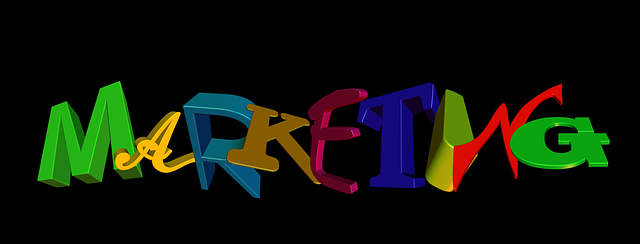The sports training industry is leveraging AI obstacle course progression guidance and simulated environments to revolutionize athletic preparation. These immersive, AI-driven training sessions offer personalized challenges tailored to each athlete's strengths and weaknesses, enhancing performance, reaction times, and adaptability. By replicating real-game conditions through virtual landscapes, these technologies enable safe exposure to diverse scenarios, preventing injuries and fostering peak athleticism. Future advancements in AI, motion capture, haptic feedback, and visual effects promise even more innovative training methods for quick decision-making and agile sports.
Simulated environments are transforming athletic performance training, offering a dynamic and tailored approach compared to traditional methods. The Rise of Simulated Environments in Sports Training explores this trend, highlighting how virtual landscapes enhance skill development. AI Obstacle Course Progression Guidance plays a pivotal role, leveraging machine learning algorithms to create adaptive courses that optimize athletic performance. This article delves into real-world applications and the future prospects of simulated training environments, underscoring their potential to revolutionize sports preparation.
- The Rise of Simulated Environments in Sports Training
- How AI Obstacle Course Progression Guidance Boosts Athletic Performance
- Real-World Applications and Future Prospects of Simulated Training Environments
The Rise of Simulated Environments in Sports Training

The sports training industry has witnessed a significant shift towards incorporating simulated environments, driven by advancements in technology and AI. These immersive settings offer athletes a dynamic and versatile platform to enhance their skills, especially when combined with obstacle course progression guidance powered by AI. Traditional training methods often struggle to replicate real-game scenarios accurately, but simulated environments bridge this gap by creating customizable, realistic situations tailored to each athlete’s needs.
With AI at the helm, coaches can now design obstacle courses that adapt to an athlete’s performance, providing just enough challenge to foster growth without overwhelming them. This personalized guidance ensures athletes receive targeted feedback and continuous improvement opportunities. As a result, simulated training sessions have become indispensable tools for athletes across various disciplines, aiming to refine their techniques, improve reaction times, and prepare for competitive edge in today’s dynamic sports landscape.
How AI Obstacle Course Progression Guidance Boosts Athletic Performance

AI Obstacle Course Progression Guidance is transforming athletic training by offering personalized and dynamic workouts. Utilizing machine learning algorithms, this technology adapts to each athlete’s strengths and weaknesses, creating unique progression paths. By analyzing performance data in real-time, it ensures athletes are consistently challenged at just the right level.
This precise approach allows for more effective skill development and injury prevention. As the AI adjusts obstacles and their complexity based on individual progress, athletes can focus on refining techniques without being overwhelmed or under-stimulated. This tailored guidance is especially beneficial in diverse training scenarios, ensuring every rep counts towards peak performance.
Real-World Applications and Future Prospects of Simulated Training Environments

Real-world applications of simulated training environments are rapidly expanding, revolutionizing athletic performance preparation. These virtual landscapes offer a dynamic and versatile space for athletes to hone their skills, allowing for a more immersive and effective training regimen. By replicating diverse scenarios, from challenging obstacle courses to specific sport-related environments, AI-guided simulations can adapt to individual needs, providing personalized progression paths. This technology enables athletes to encounter various conditions, heights, and angles safely, enhancing their adaptability and performance in real-life situations.
Looking ahead, the future of simulated training holds immense potential. As AI continues to evolve, these virtual environments can become even more sophisticated, incorporating advanced motion capture, haptic feedback, and realistic visual effects. This advancement could lead to innovative training methods, particularly in sports requiring quick decision-making and agility. By simulating complex scenarios and providing real-time performance analysis, these systems may contribute to breakthroughs in athletic development, pushing athletes’ capabilities and uncovering new records.
Simulated environments, powered by AI obstacle course progression guidance, are transforming athletic performance training. By replicating real-world scenarios, these innovative tools allow athletes to refine skills, enhance agility, and build resilience in a controlled setting. As technology advances, the future of sports training looks even brighter, with simulated training environments set to become ubiquitous, offering personalized and effective preparation for every level of competition.
